Happy Pawlidays: 5 Holiday Safety Tips for Your Pet
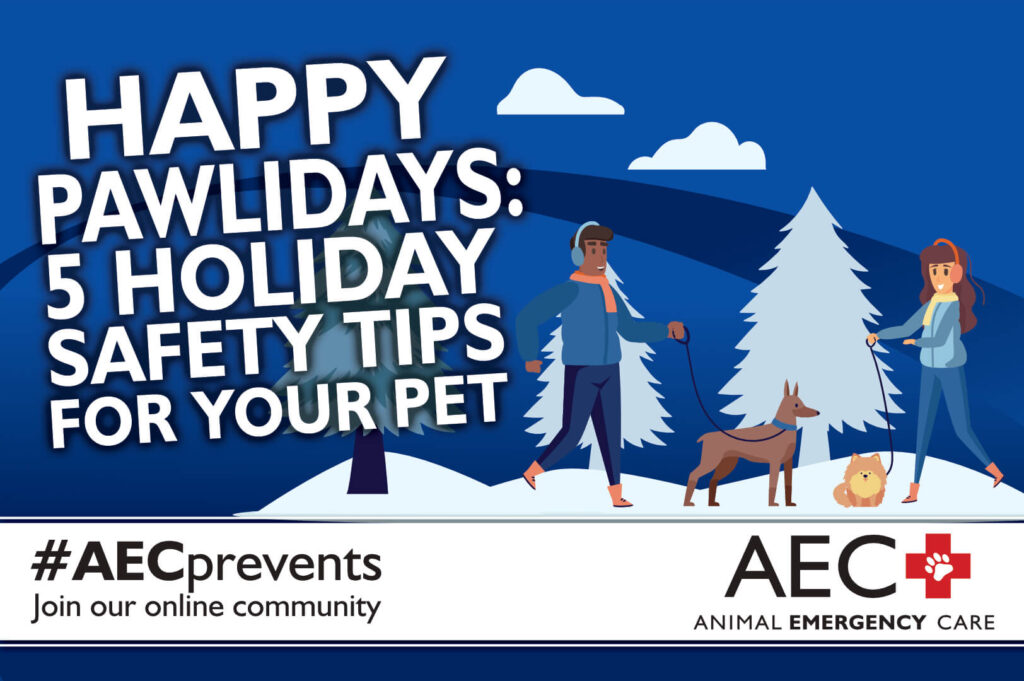
The holiday season is a special time with friends and family including your four-legged companions. The dropping temperatures, twinkling lights, and crackling fires provide a festive atmosphere for cozy celebrations. Holiday festivities are extra special when shared with your pet but many traditions and meals can be dangerous for curious furry pals. Many holiday treats such as chocolate sweets and marinated meats are the culprit in unexpected trips to the emergency veterinarian. Avoid a pawliday disaster by following these five safety tips from our Animal Emergency Care team.
A Complex Cat Condition: Understanding Feline Lower Urinary Tract Disease

Cat owners know the challenge of deciphering their feline companion’s likes, dislikes, and desires, beyond a full food dish. Cats have unique personalities and ways of communicating. Some will shift from purring to hissing in what seems to be a nanosecond while others are constant cuddle buddies who rarely make a sound. Cats thrive on a consistent routine, good nutrition, and regular exercise. Subtle changes in your cat’s routine may lead to a complicated medical problem called feline lower urinary tract disease (FLUTD) which can be life-threatening in some cases. OurAnimal Emergency Care team wants to ensure cat owners understand FLUTD signs, treatment options, and ways to prevent this complex condition.
When Less Is Not More: Understanding Nutritionally-Mediated Dilated Cardiomyopathy In Pets

Our pets are family and regular veterinary checkups, exercise, and preventive care are critical to ensure they remain healthy through all life stages. Proper nutrition is also a vital component of your pet’s organ function and overall health and pet owners have a wide variety of choices when it comes to deciding what to feed their pets. Food choices include the popular grain-free and limited-ingredient diets. However, recent research has shown these diets can be dangerous for pets and cause dilated cardiomyopathy (DCM) which can be fatal. Our Animal Emergency Care team wants to ensure your pets are properly nourished and disease-free, so we describe nutritionally-mediated DCM signs, treatment, and prevention in pets.
No Bones About It: 5 Tips For A Safe Pets-Giving

The dropping temperatures and pumpkin spice-filled air let us know that the largest meal of the year is quickly approaching. Many people start their Thanksgiving preparations weeks in advance to ensure they are ready for the marathon cooking event and holiday celebrations would not be complete without including their four-legged companions. However, cooking chaos and family gatherings can be dangerous to curious noses and investigating paws. Our Animal Emergency Care team wants to ensure your pet does not get into trouble during the Thanksgiving celebrations, so follow these five safety tips.
The Trickiness of Treats: Understanding Pet Pancreatitis
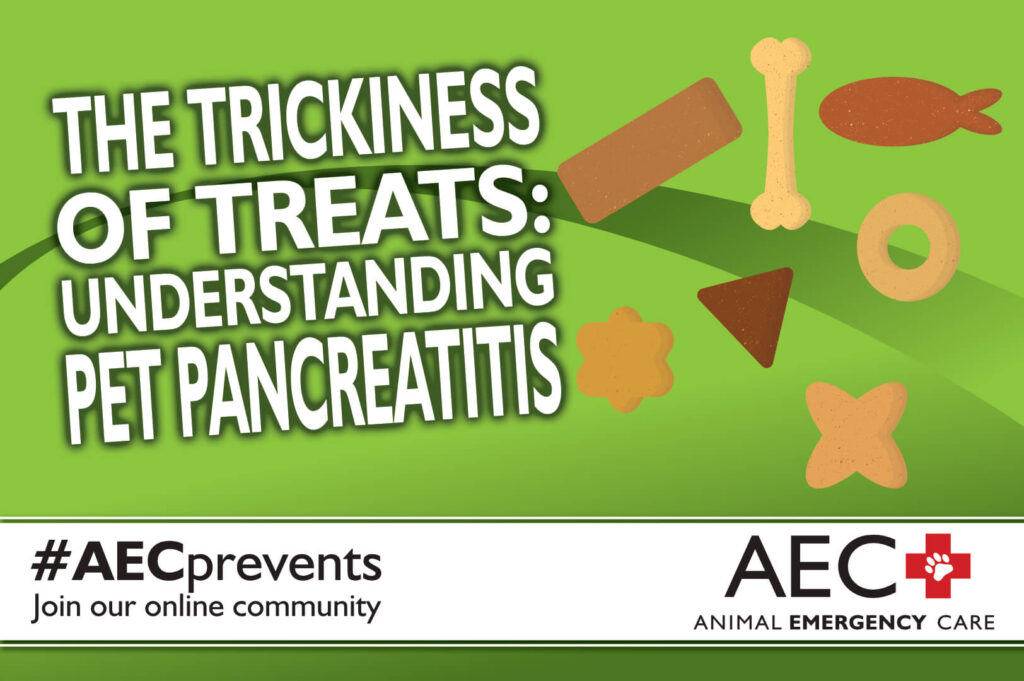
Seasonal sweets and treats are upon us and as the temperatures drop, a wide selection of holiday foods appears to celebrate the holiday season. Many pet owners want to ensure their four-legged companions are included in family celebrations. It is not uncommon for pets to have Halloween costumes, festive collars, or celebratory snacks or meals. However, sharing a small amount of a rich or fatty food with your pet can have devastating consequences for their health. Our Animal Emergency Care team wants to ensure you and your pet have a merry and bright holiday season, and we describe pancreatitis signs, treatment, and prevention.
The Sugar Crash: Understanding Pet Diabetes
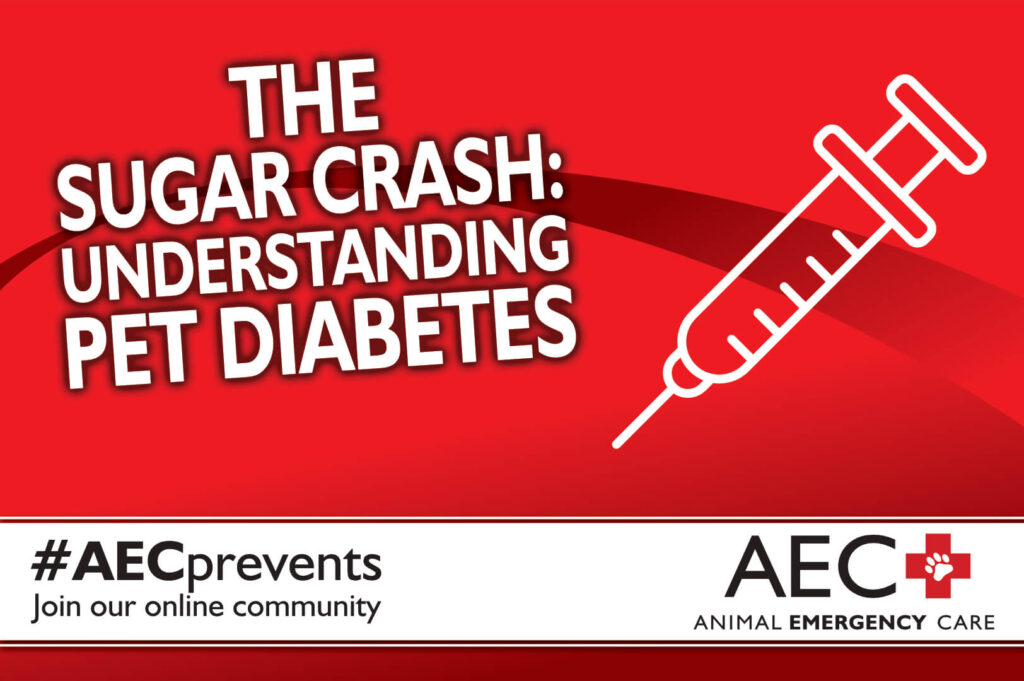
It is not uncommon for pets to mimic their owner’s expressions, moods, or love for the same delicious treats. Our pets are family and naturally we want to share all of life’s joys including sweet treats with them. However, too much of a good thing can be dangerous for pets, and can increase their risk of developing health problems such as heart disease, pancreatitis, obesity, or diabetes. Our Animal Emergency Care team describes diabetes signs, treatment, and prevention for your pet.
The Heat is On: Protecting Your Pet from Heat Stroke
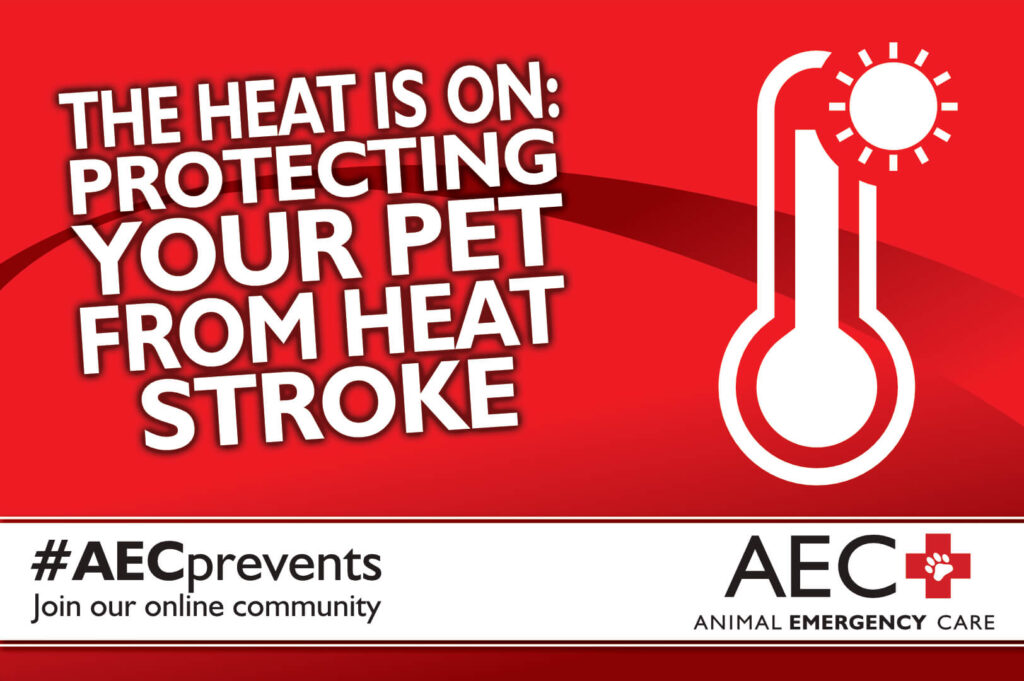
The approach of summer brings a spike in temperatures, and the warmer weather tempts many pet owners to spend more time outside with their pets. However, taking your four-legged friend for a steamy run outside or a quick car trip to the store can put them at risk of heat stroke. Pets are not able to remove their fur coat and like extreme cold temperatures, hot weather exposure can also be dangerous. Our Animal Emergency Care team wants to ensure your pets stay cool this summer, and we describe heat stroke signs, treatment, and prevention in your pets.
Pet Poison Prevention: Understanding Chocolate Toxicity in Pets
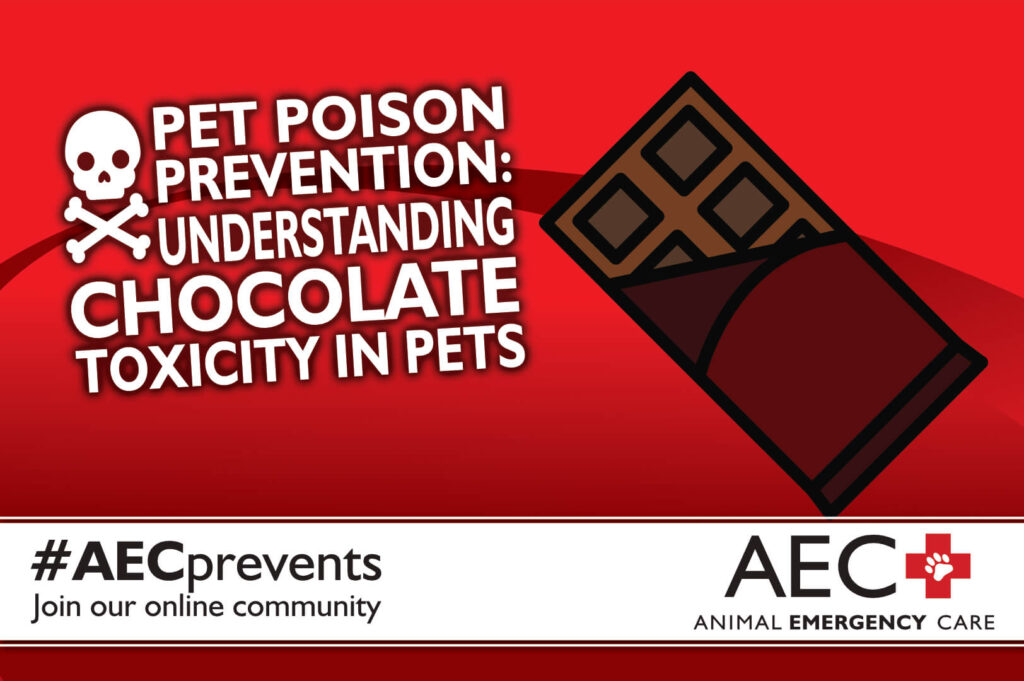
The delicious aroma of chocolate can be difficult for many people to resist and pets are no different. However, chocolate can be toxic to pets and may cause death in some cases. It is not uncommon for pets to sneak some of this sweet treat. In fact, in 2020 chocolate was the fourth most common pet toxin reported by the ASPCA Animal Poison Control Center with approximately 76 cases reported daily. OurAnimal Emergency Care team wants pet owners to understand the dangers of chocolate and what to do if your pet accidentally becomes poisoned.
Too Much of a Good Thing: The Pet Obesity Problem

It can be difficult for pet owners to resist the adoring eyes of their four-legged companions and not shower them with treats. However, offering your pet too many treats or overfilling their food bowl can be dangerous for their overall health and wellness. Pet obesity is an epidemic, with more than 50% percent of dogs and cats in the United States obese or overweight. Pets who are overweight or obese have an increased risk for numerous health problems that may decrease their life expectancy and quality of life. Fortunately, many weight-related health issues in pets can be alleviated with proper weight management. Our Animal Emergency Care team describes obesity signs, associated diseases, and ways to protect your pet from becoming an obesity statistic.
